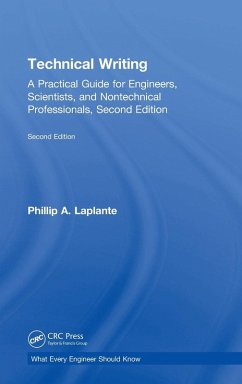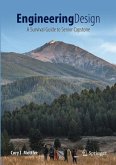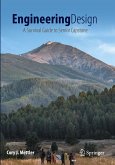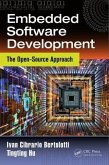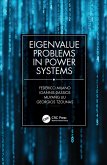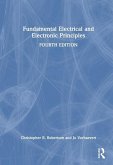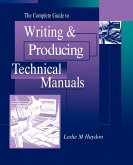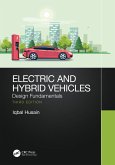The second edition enables readers to write, edit, and publish materials of a technical nature, including books, articles, reports, and electronic media. In addition, a focus on writing for the nontechnical persons working in the technology world and the nonnative English speaker has been incorporated.
Hinweis: Dieser Artikel kann nur an eine deutsche Lieferadresse ausgeliefert werden.
Hinweis: Dieser Artikel kann nur an eine deutsche Lieferadresse ausgeliefert werden.
"Overall the book provides practical, actionable, information that can be used to improve anyone's writing skills - technical or nontechnical. The author covers a wide variety of media used to convey technical information not only including books and journals, but also magazines, conference proceedings, newsletters, websites, and blogs. Rather than a boring cookbook style of writing, the author uses many stories, personal examples of his own writing, and visuals (graphs, tables, drawings) to convey good writing styles and practical information that will improve your writing.
There are references and sample exercises at the end of each chapter for further study. The appendix also contains a list of templates for various types of documents Anyone interested in improving their writing skills and technical communication skills in general will find this book to be an invaluable and practical reference guide."
-IEEE Electrical Insulation Magazine June 2019 Issue
There are references and sample exercises at the end of each chapter for further study. The appendix also contains a list of templates for various types of documents Anyone interested in improving their writing skills and technical communication skills in general will find this book to be an invaluable and practical reference guide."
-IEEE Electrical Insulation Magazine June 2019 Issue

